-
Posts
784 -
Joined
-
Last visited
Content Type
Profiles
Forums
Gallery
Events
Posts posted by woodrat
-
-
Thanks, Tovabe and a Happy New Year.
I have now nearly completed an earlier venetian round ship of circa 1300 which may interest you:
Cheers
Dick
-
-
Thanks Steven and Lupus Niger.
I have been busy making blocks for the shrouds. The mediaeval blocks are somewhat different from those of later centuries . As a model I have used the pulleys from the Mataro nao combined with pulleys seen on Carpaccio's paintings. The double blocks for the shroud pendants are in-line rather than side -by-side. Also the mediaeval blocks were often quite sizeable.
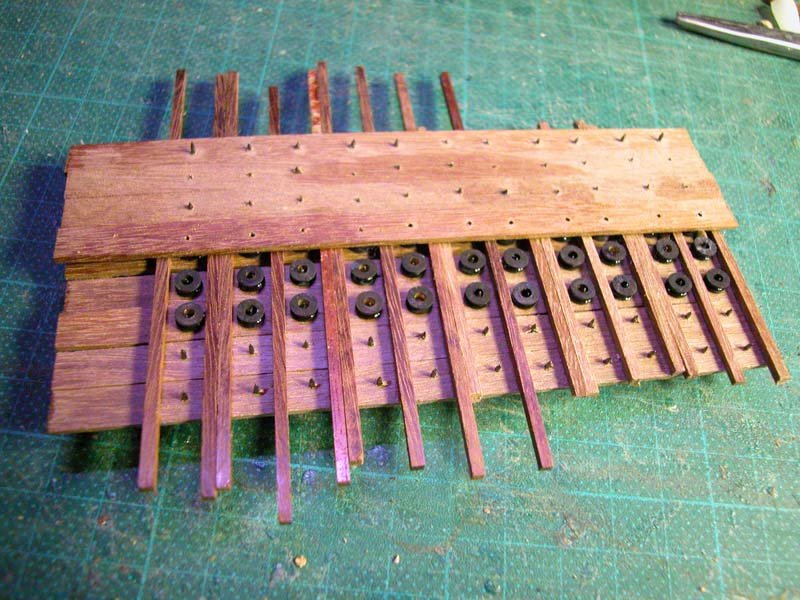
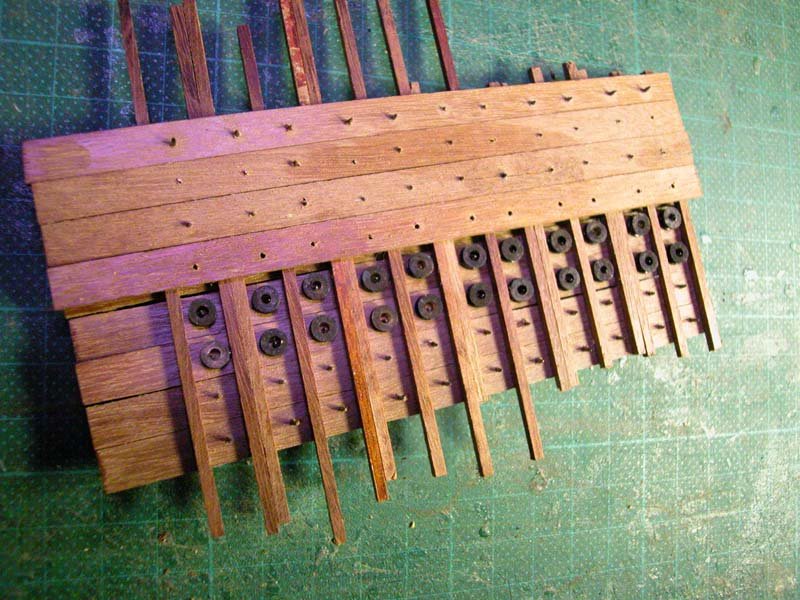
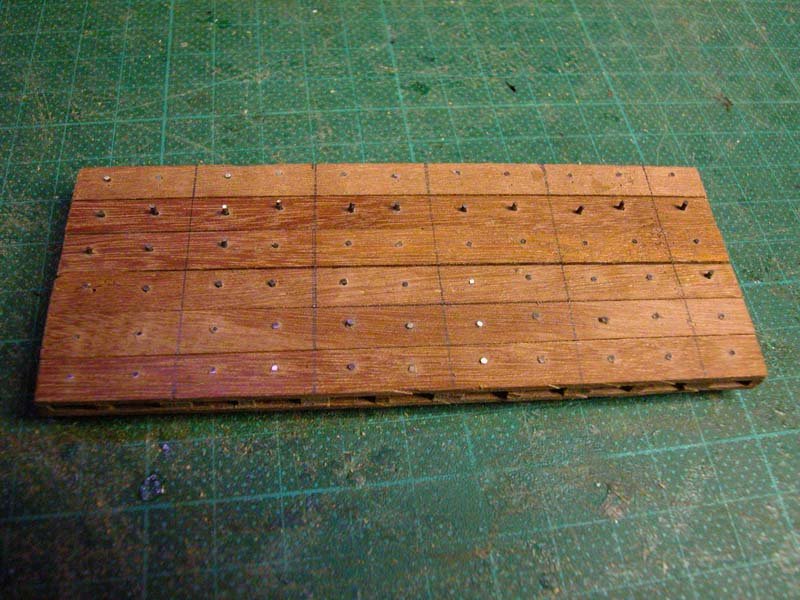
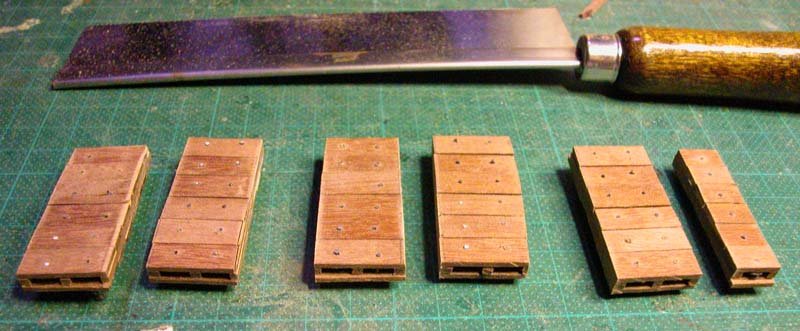
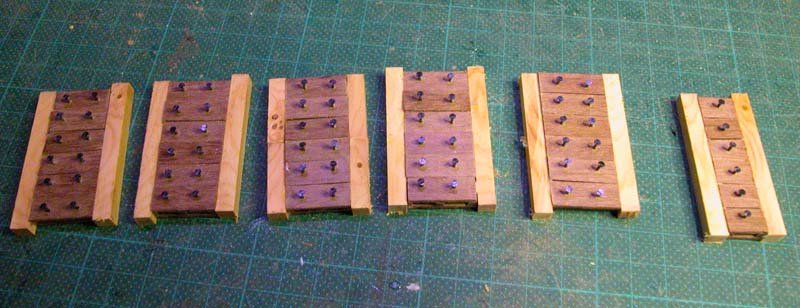
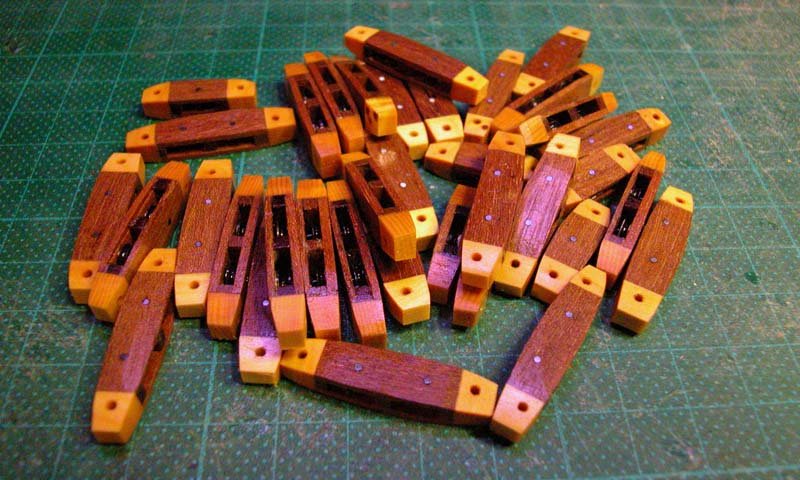
Now to make some dozens of toggles....
Merry Xmas
Dick🎅
-
The mast is stepped. Note that in round ships with latin rig the masts are sloped forward the main (forward) mast more so than the mizzen (after mast). Long staves which are chamfered as are barrel staves are used to wedge the mast into the mast partners. Then the staves are woolded to the mast . Note that these staves project much higher above the deck thean those in later ships such as carracks. Perhaps this is necessary to compensate for the lack of a forestay in latin rig.
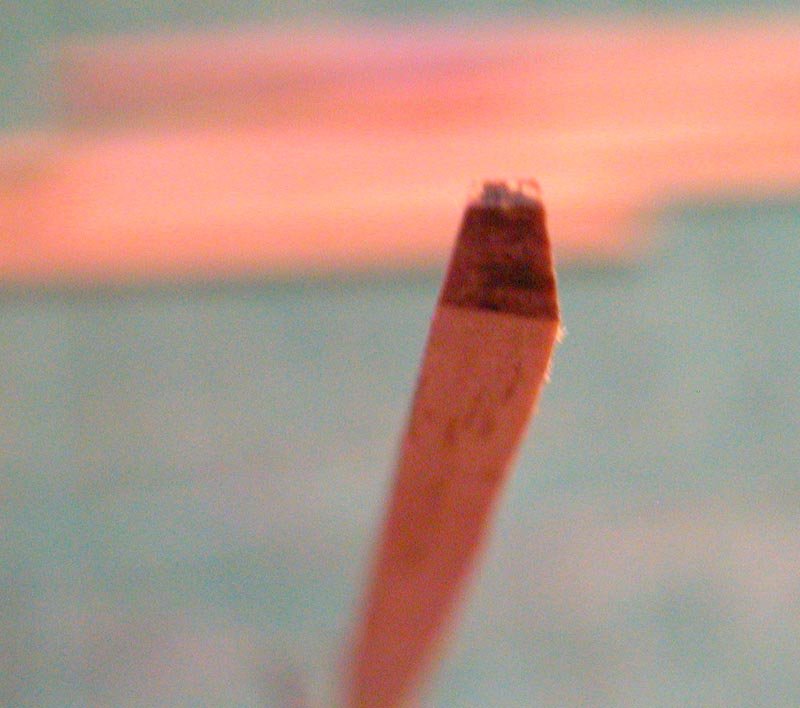

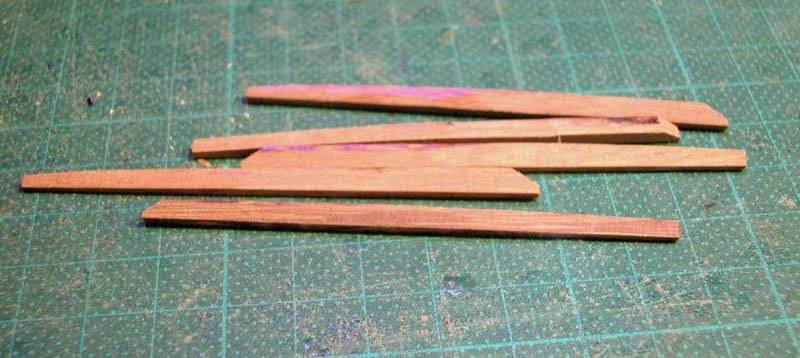
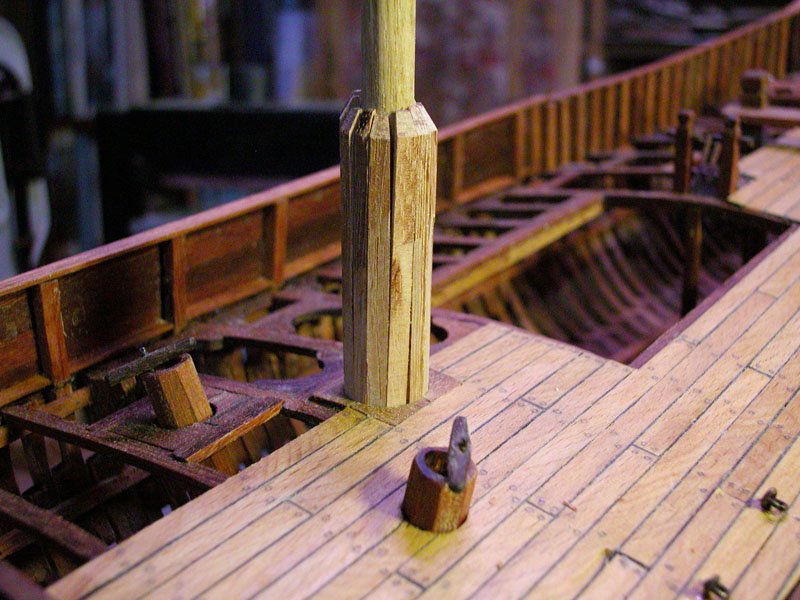
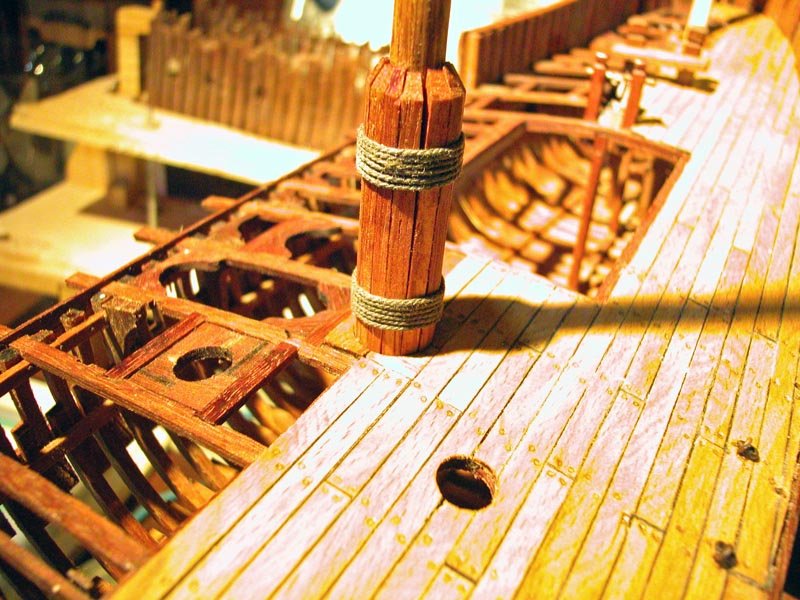
Cheers
Dick
- luponero, druxey, usedtosail and 8 others
-
 11
11
-
-
Just a question for the sea-lawyers out there. If an individual uses a copyrighted book of plans e.eg Anatomy of the ship, and from them constructs a 3D CAD virtual model AND uses this to produce a kit for sale. Does the author of the original book of plans have rights and is the kit producer in breach of IP.
Just askin' because there are people using this site who are doing this for profit
Dick
-
Thanks, Steven. The following shows the masts. I have estimated that the lengths of the masts is about equal to the length of keel as judged by looking at many pictures. The main (forward) mast is longer than the mizzen (rear) mast but, as the main mast is more tilted forward than the mizzen, the height above deck of the colzexe (calcet) and its attached crows nest is the same in both masts.
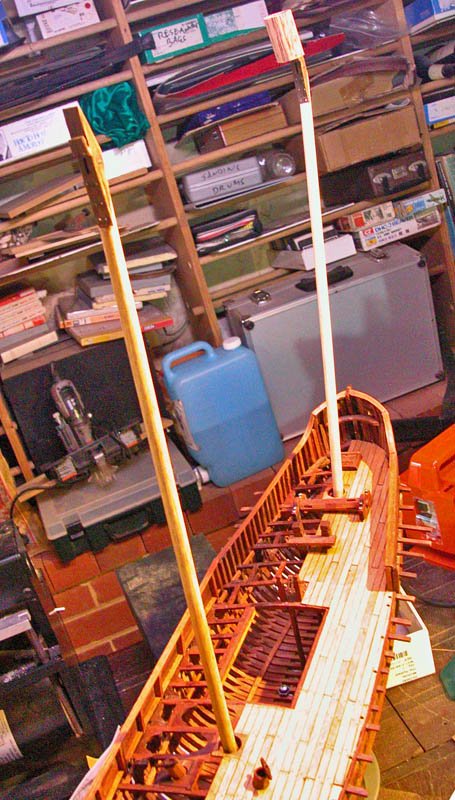
The following shows the constructof the colzexe to match the Zibaldoni da Canale illustration
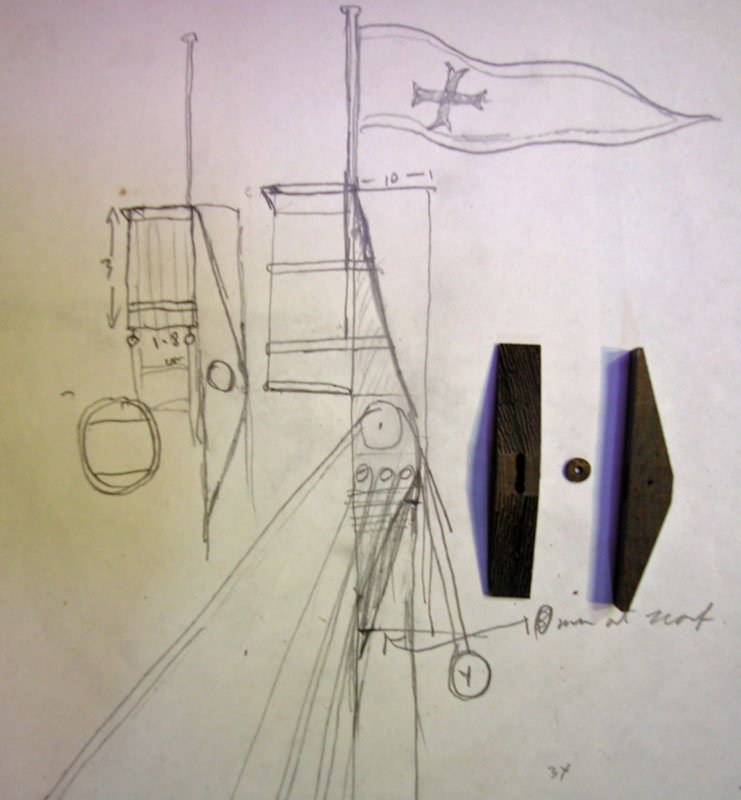
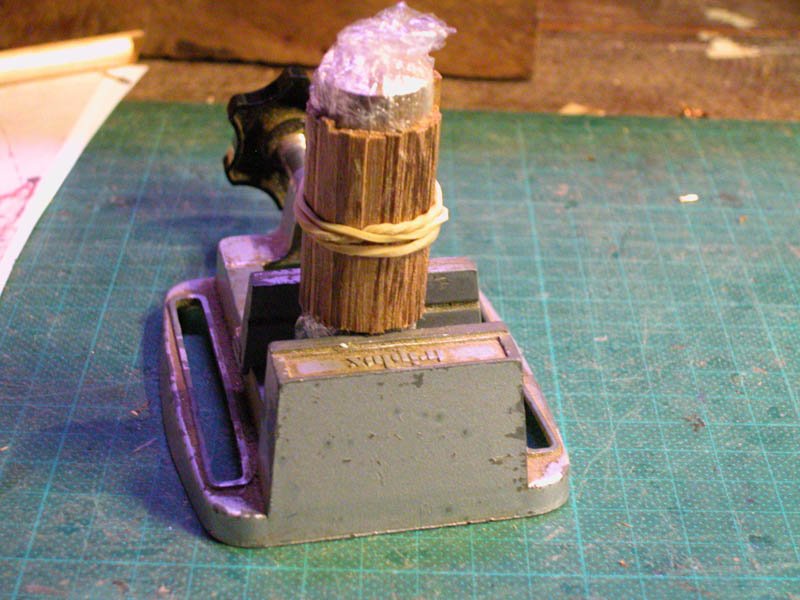
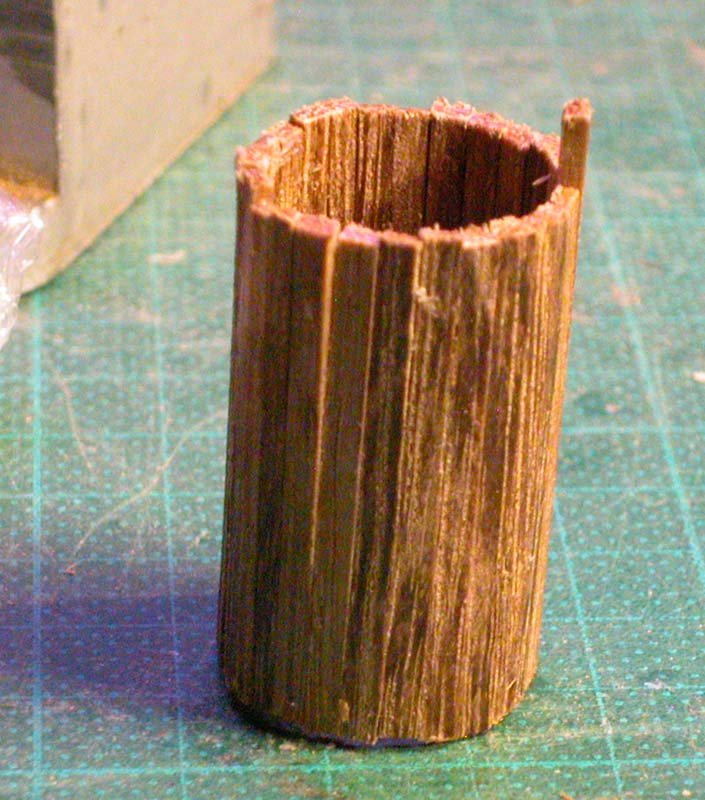
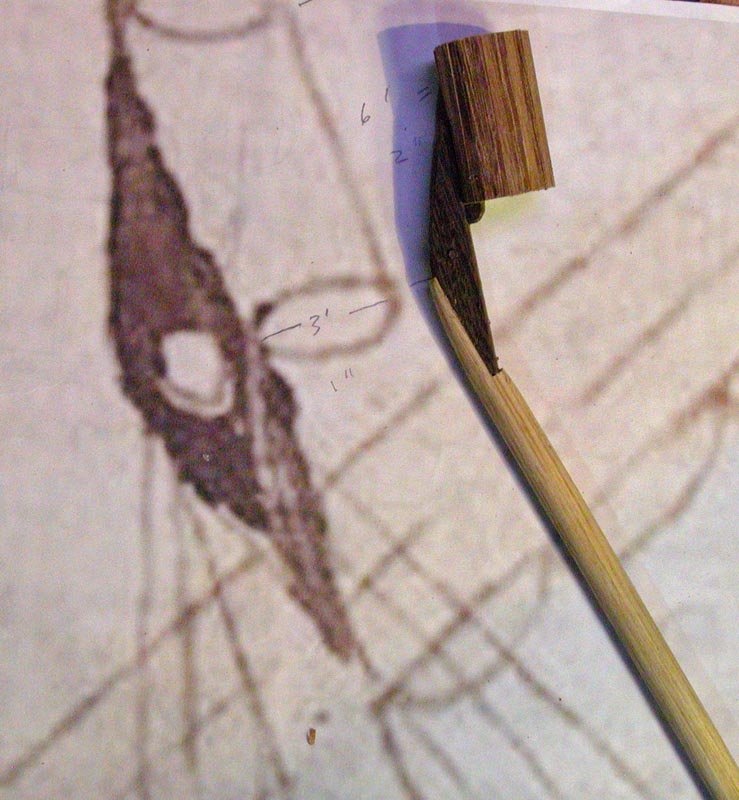
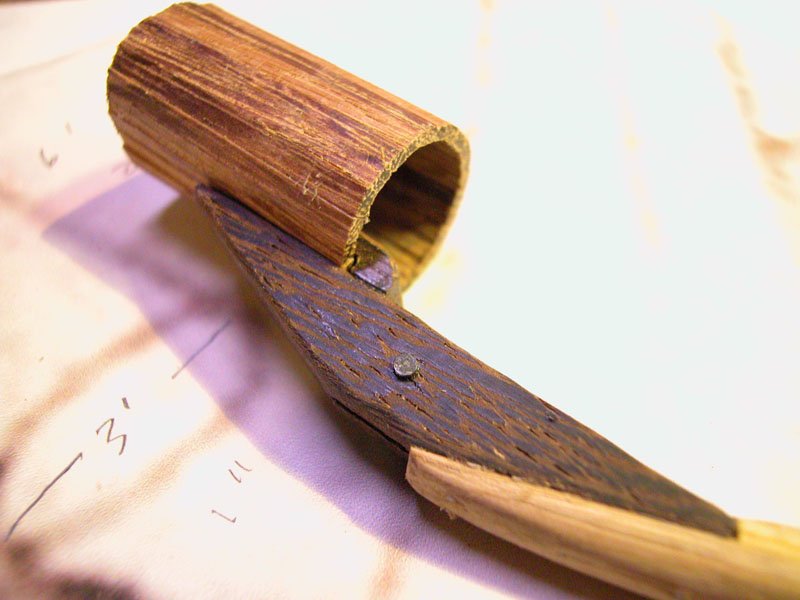
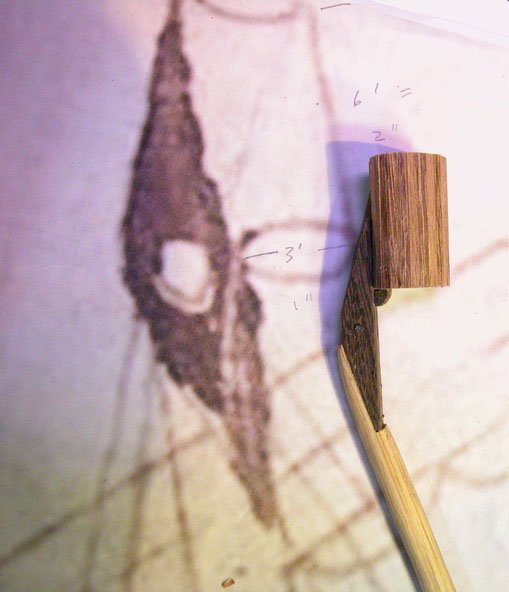
cheers
Dick
- GrandpaPhil, mtaylor, popash42 and 5 others
-
 8
8
-
The hull is substantially complete now. The quarter rudders are now shipped. The starboard rudder is in use but the port rudder is not in use and has been retracted using the rudder lift and has been lashed onto one of the through-beams.
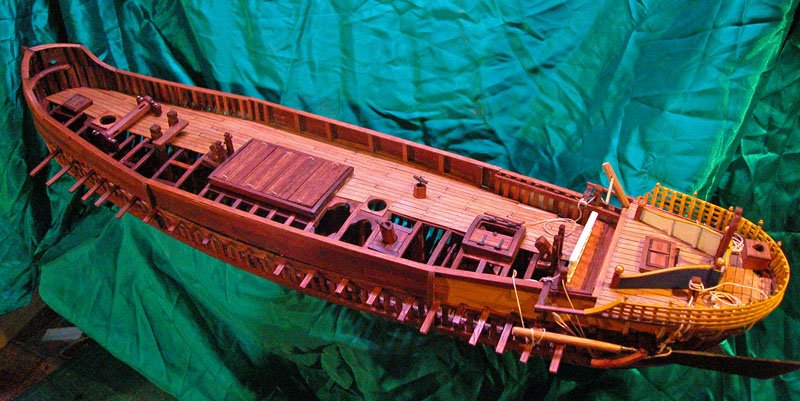
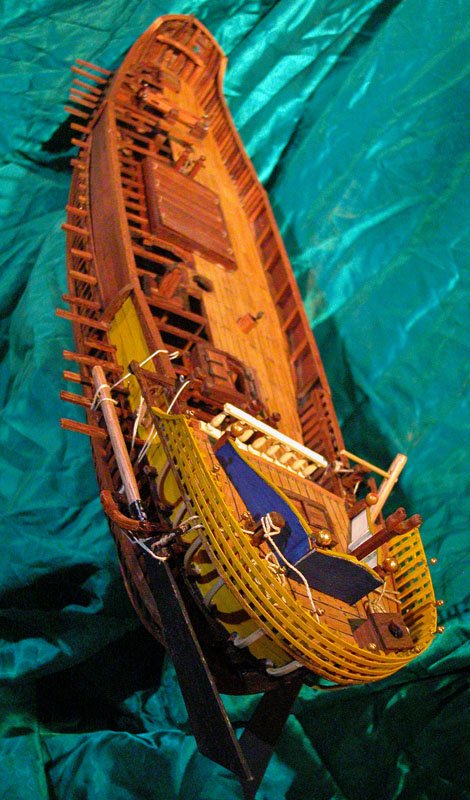
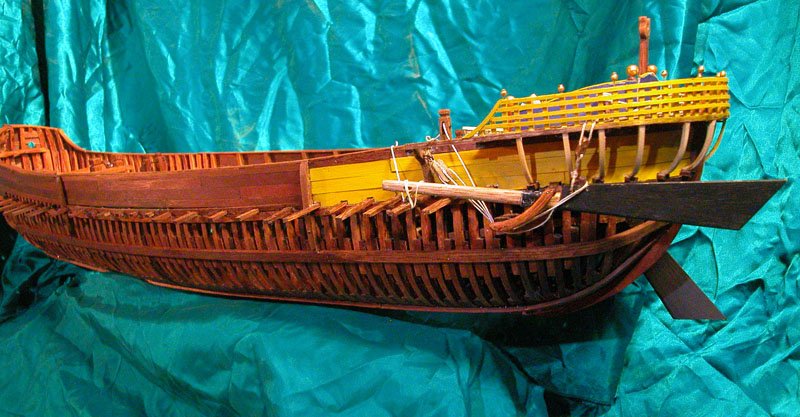
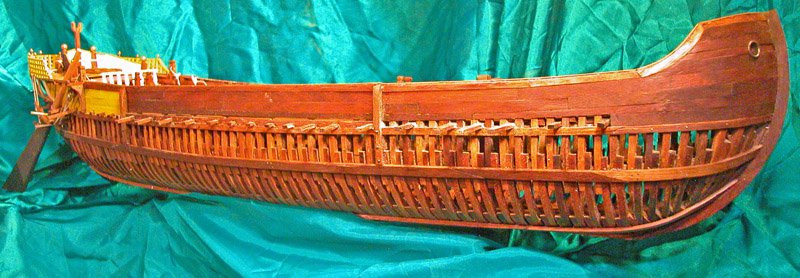
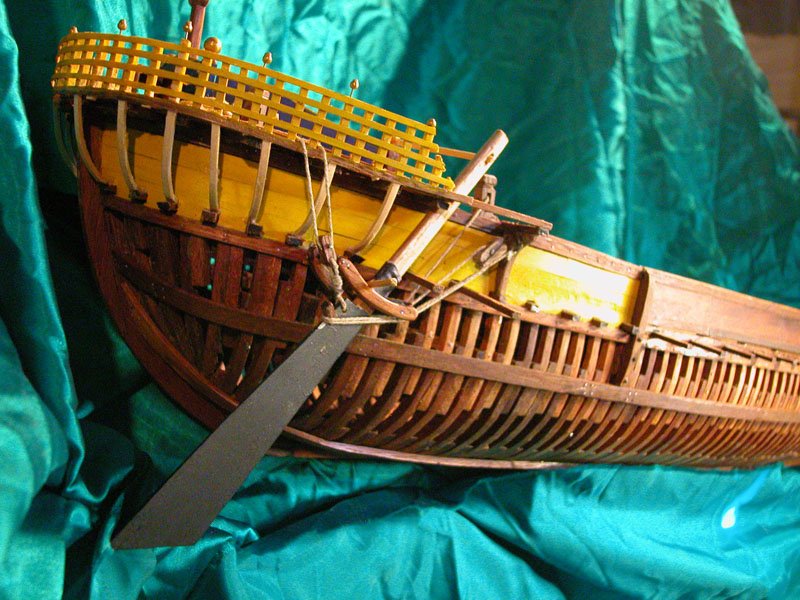
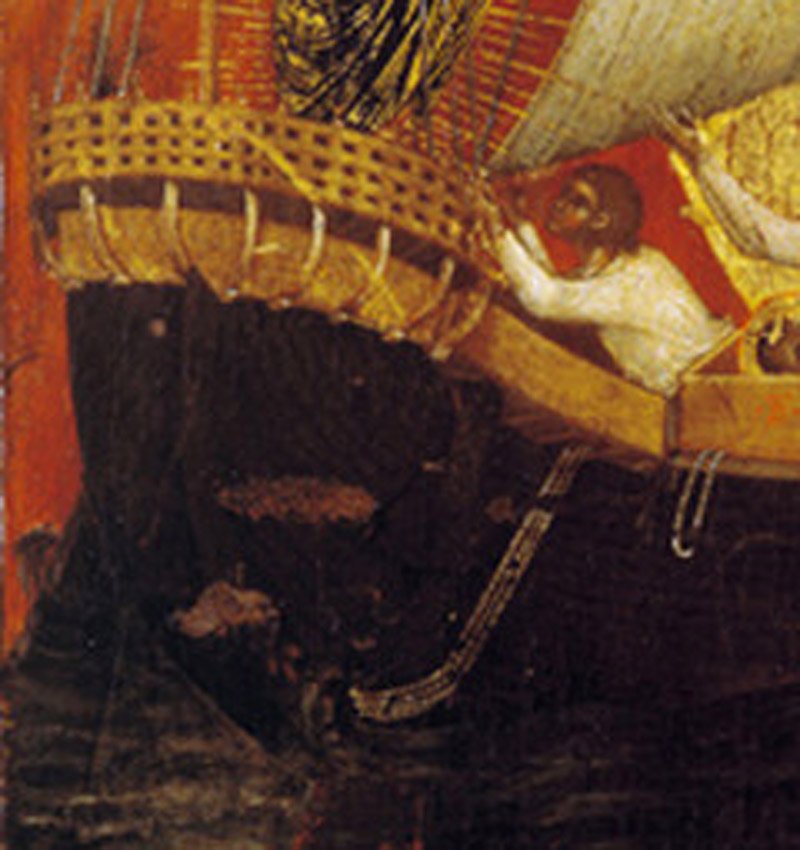
Cheers
Dick
- usedtosail, davyboy, luponero and 10 others
-
 13
13
-
Thanks for the pic, Steven, great detail in the rigging.
Here is a couple of pics of the sternshowing the Lego lad in a more useful position. Note the crutch for the mizzen yard
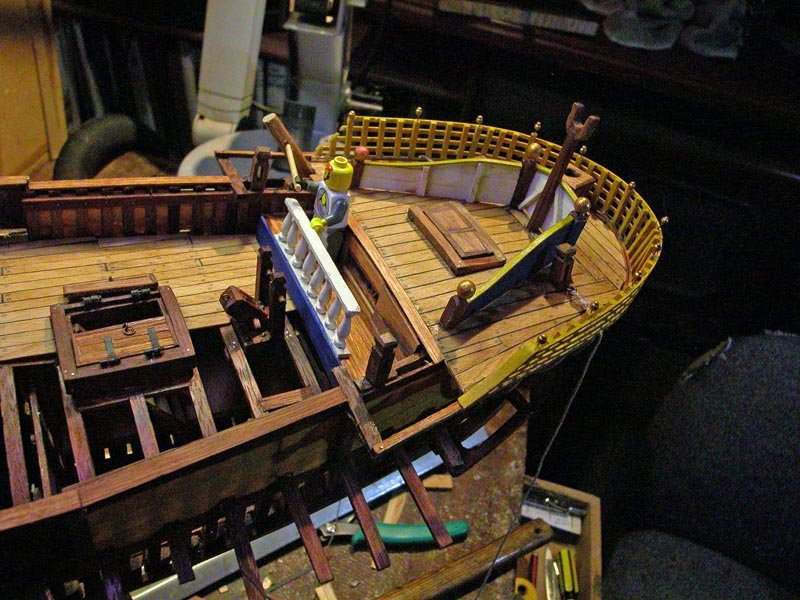
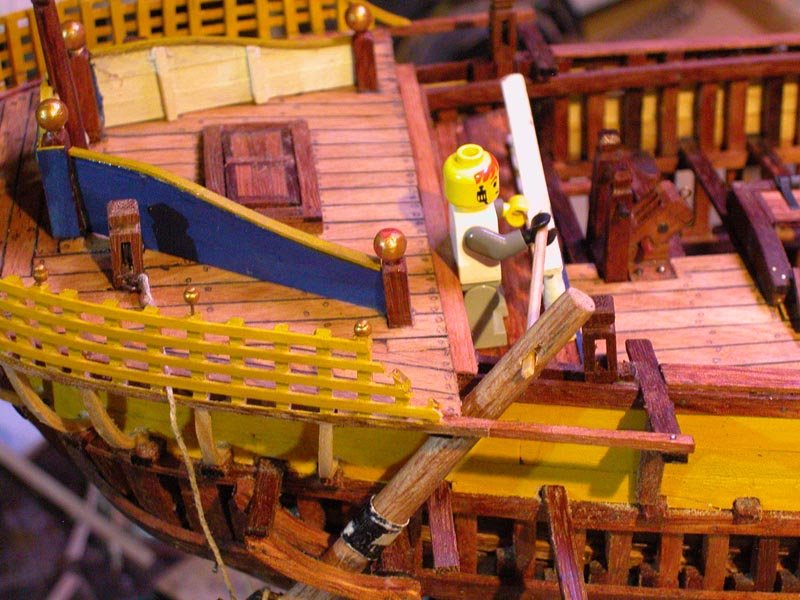
The wooden structure shielding the helmsman is seen in a number of illustrations of round ship.
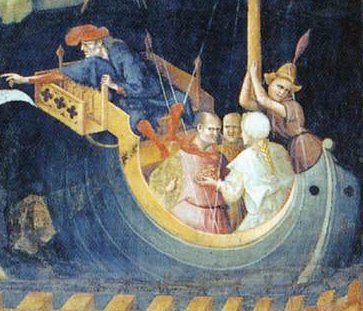 Dick
Dick
-
13 hours ago, Matle said:
I’ve been contemplating building a 16th century carvel ship, but with the rate they are currently uncovering new wrecks and how they were constructed my model would be built on obsolete information by the time I finished..
Go for it, Matie! All you can do is the best you can. Halfway through my build of a round ship C13 a Black Sea wreck of the same era was was found. Fortunately, as I had based my build on solid archaeological evidence and not on speculation, the find largely confirmed my interpretation. In any case there was such a wide variation in local practice that you probably wont go far wrong. Cheers.
Dick
- thibaultron, mtaylor and druxey
-
 3
3
-
6 minutes ago, cog said:
Dick,
I just wonder, wouldn't it be more logical that depending on the lee side the rudder on that side would be used, as the other one wouldn't give enough steerage way, Which in turn would imply druxey's rower (nice touch by the way) wouldn't be able to row, as the horizontal bar would be much, much shorter
Quite right. This is not the final tiller length. They will be shorter. But in the case of running before the wind, both rudders would be in use, either with two helmsmen or with one in the centre. The contemporary illustrations are not helpful. Also, Lego men's shoulders don't abduct away from the side!
10 hours ago, Louie da fly said:So the colzhexe is the same thing as the calcet on the previous page of this build log?
Steven
Yes but I believe the construction was different in venetian naves to the byzantine hence I am using the venetian name.
Dick
-
-
6 hours ago, Mark Pearse said:
Hi Dick
mysterious - what do you interpret the parts to be from the drawings?
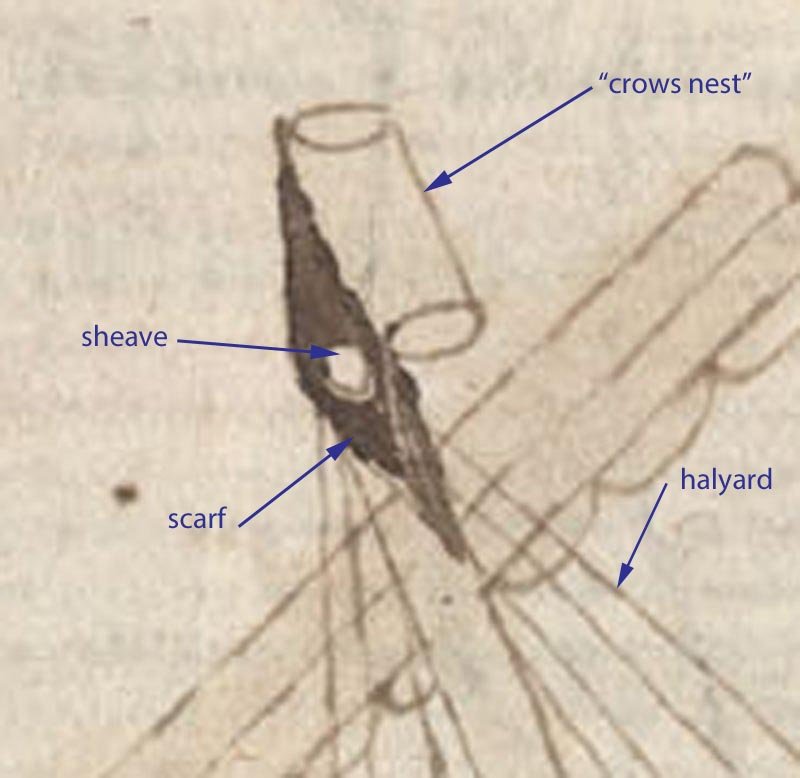
The shape of the module is determined by the forward slope of the mast.
This little guy is trying out the tillers for size.

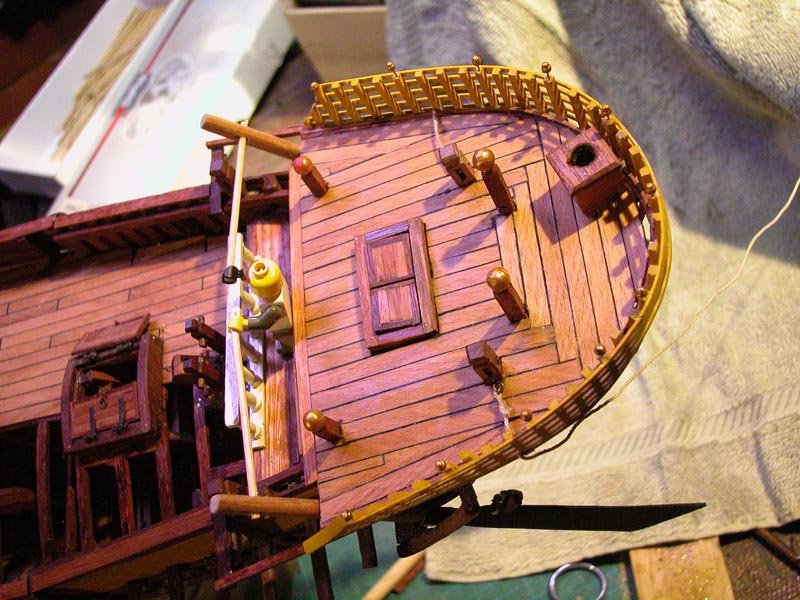
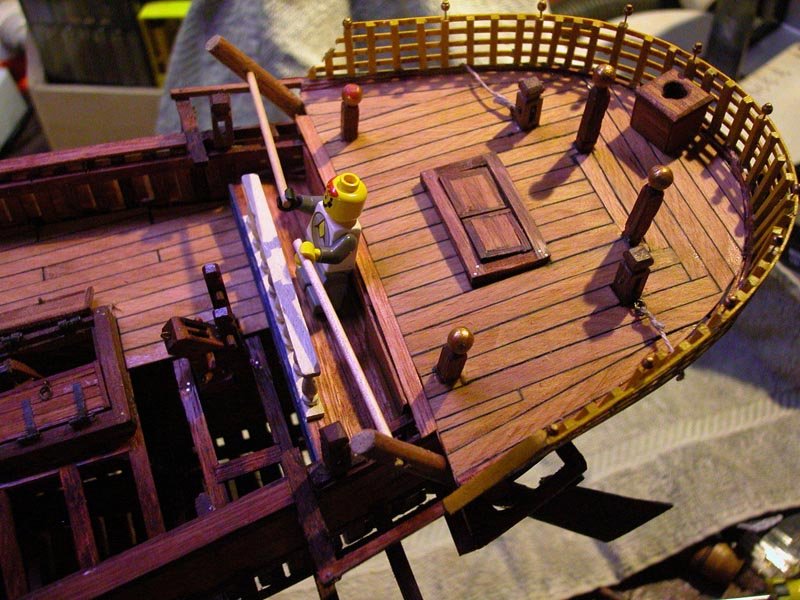
- druxey, GrandpaPhil, Binho and 3 others
-
 6
6
-
On 10/2/2019 at 11:30 PM, Binho said:
Hey Dick, I was catching up on what I had missed on Steven’s Dromon build and saw you had been looking for Julian Whitewright’s thesis on lateen rigs in antiquity. If you are still looking for it, here it is: https://www.academia.edu/562936/Maritime_Technological_Change_in_the_Ancient_World_The_invention_of_the_lateen_sail._Volume_One
- Alberto
Thanks. Alberto, I have downloaded the thesis and have started to read it. I have thought about the design of the colzexe (venetian dialect) as shown in contemporary illustrations. This is the wooden module, scarfed to the top of the mast and which contains the halyard block and is the site of attachment of the crows nest. The following illustration from the Zibaldone da Canale document is the best available image and I intend to reproduce this in my model.
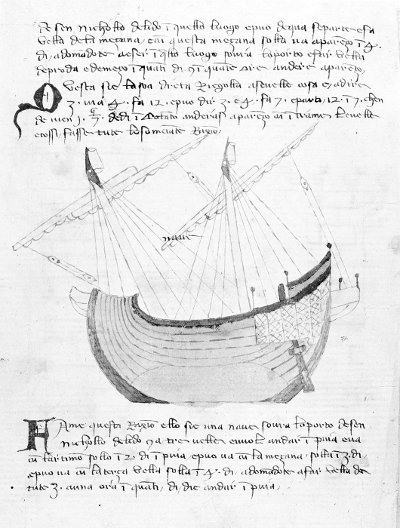
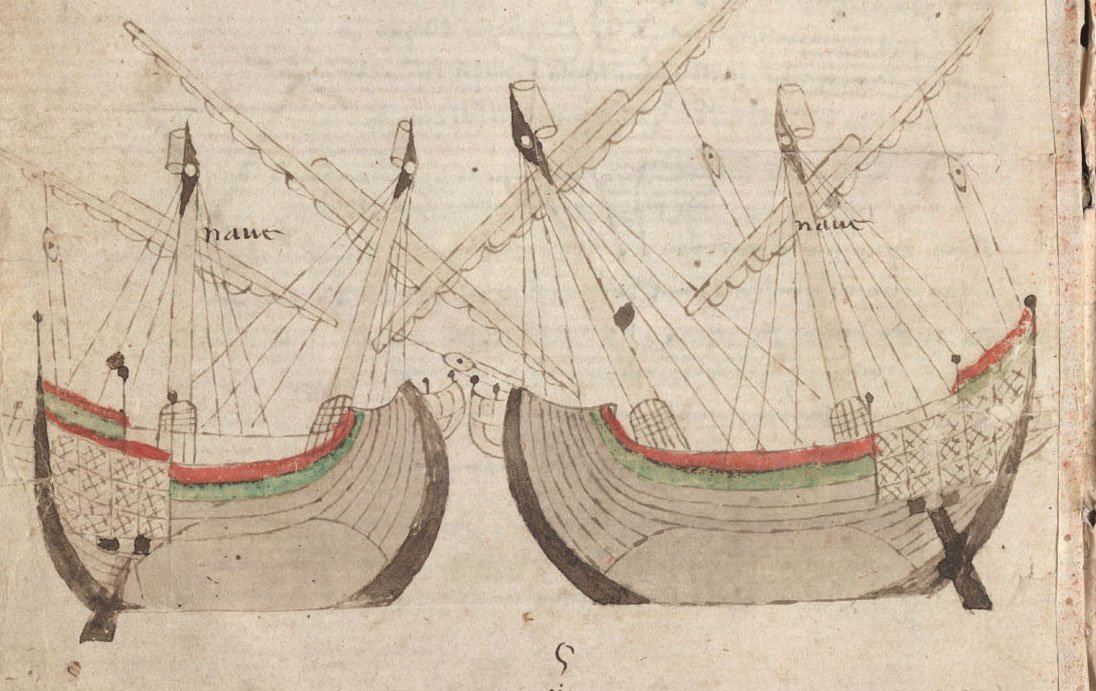
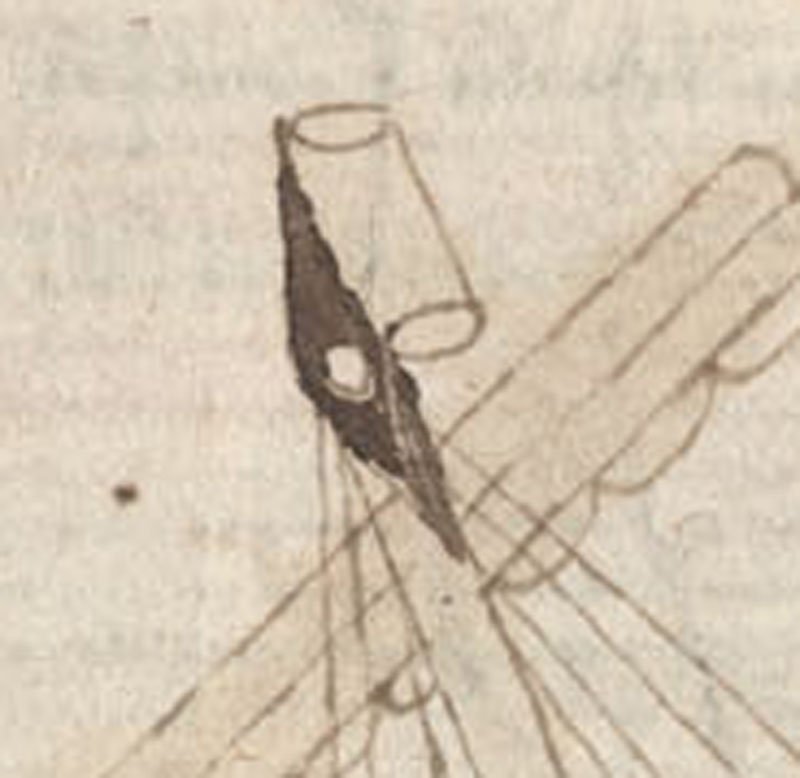
Dick
- druxey, tarbrush, Louie da fly and 4 others
-
 7
7
-
The decking largely completed and freshly oiled.
Dick
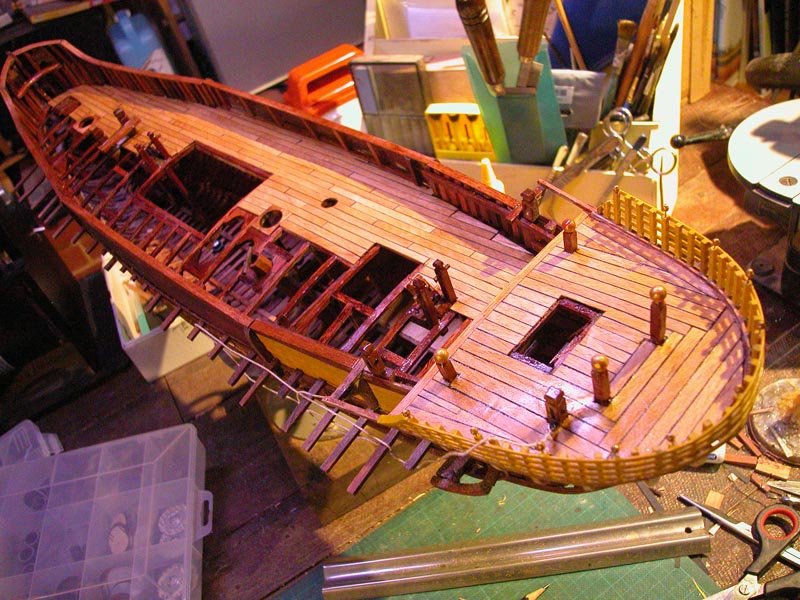
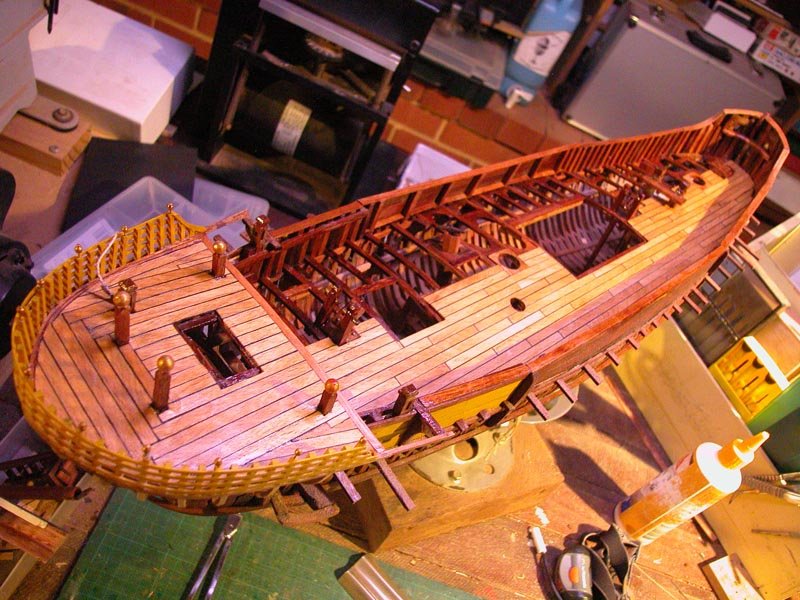
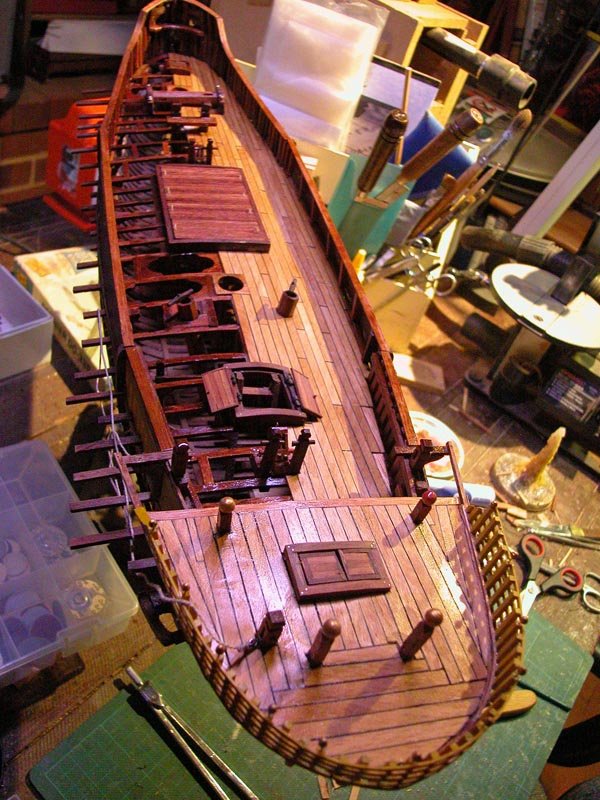
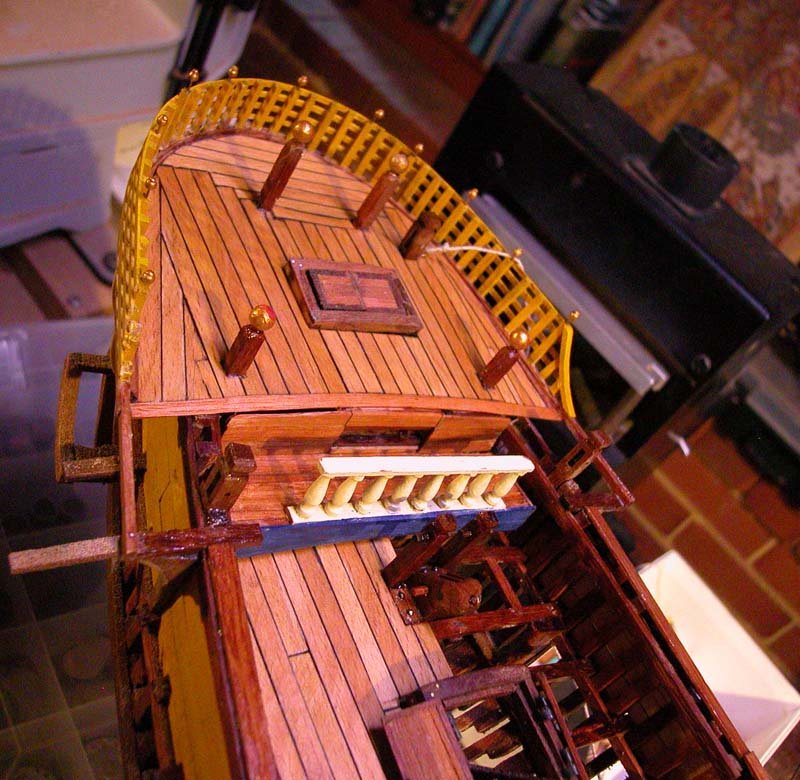
-
The steersman's walk. This area is for the steersman or steersmen to stand while managing the tiller(s) of the quarter-rudder(s). Amidship there is an area for seating, below which is the sliding panel to allow instructions to given to the steersman from the after-cabin. Access to the after-cabin is via a scuttle behind the steersman's seat.
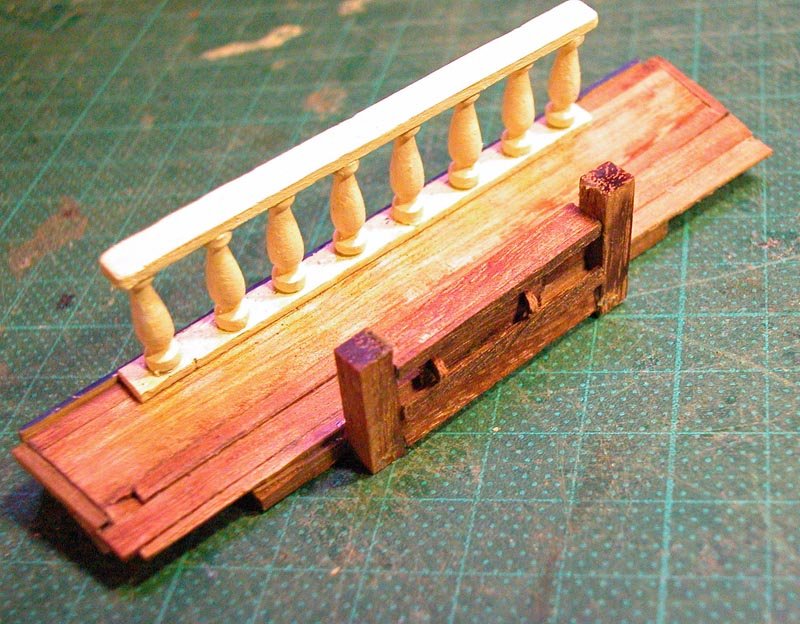
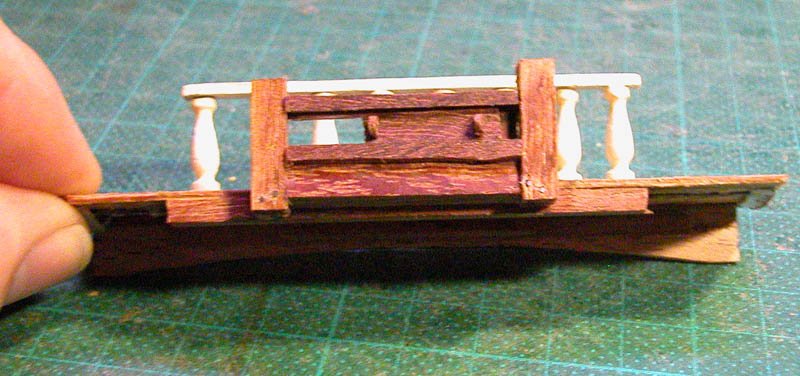
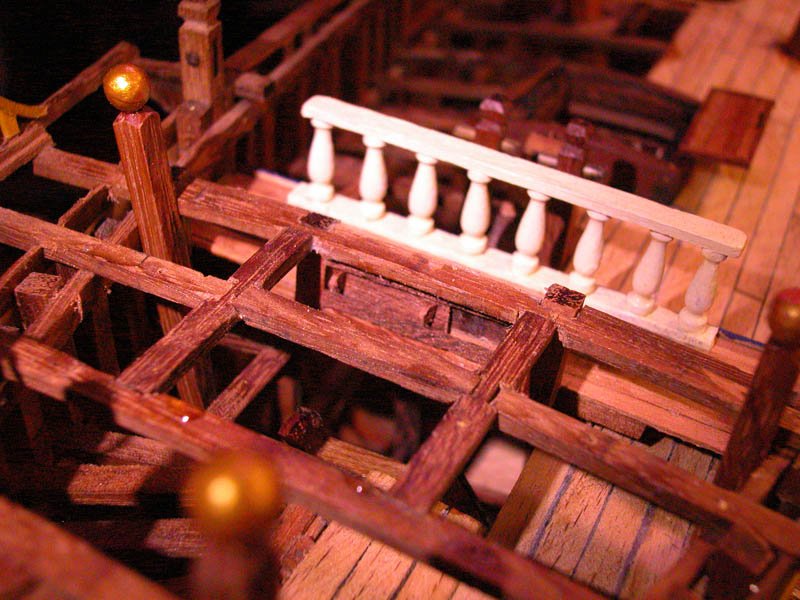
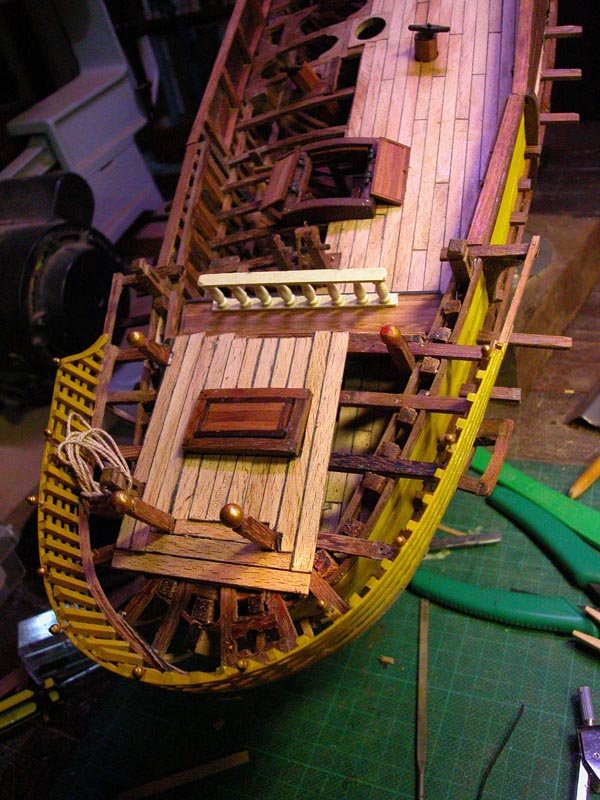
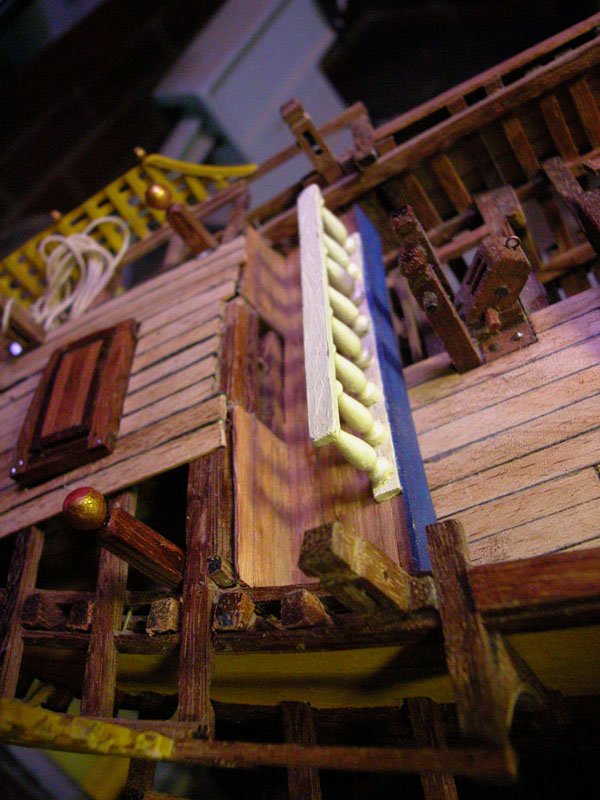
Dick
- Louie da fly, mtaylor, popash42 and 5 others
-
 8
8
-
Thanks, Steven. Really enjoying your dromon.
I have had a marvellous time making a "thunderbox" for the comfort and convenience of the ship's gentlefolk. As for the crew............well... they can do it some other way, but downwind!
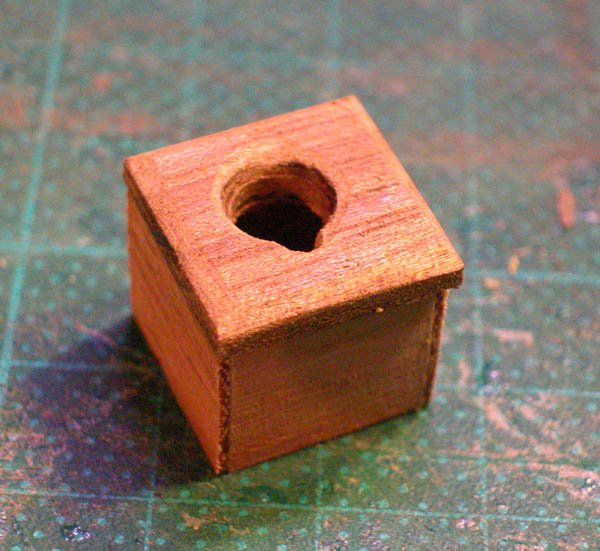
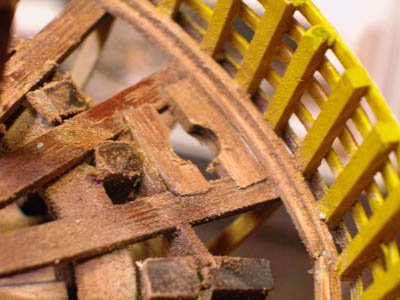
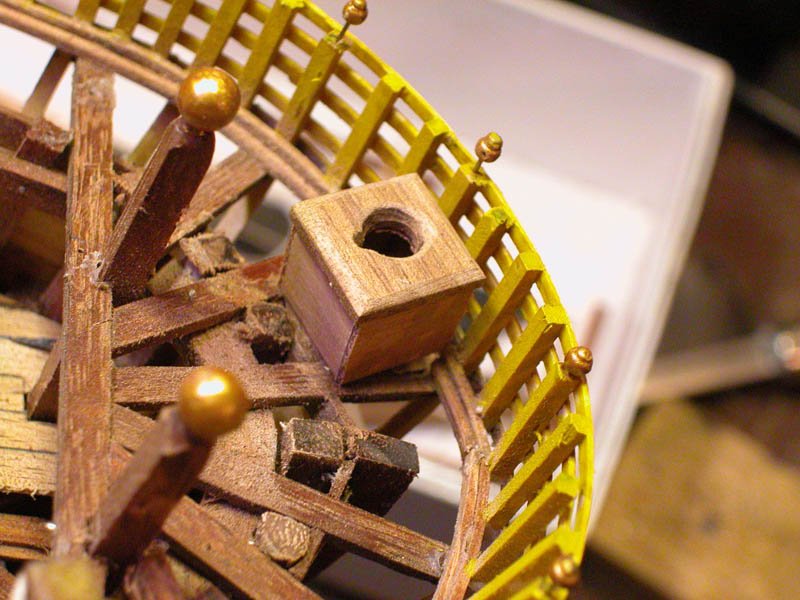
Its a lot like the one found on the Bremen cog
Here is a pic of the hull with the starboard bulwark removed for cargo access.
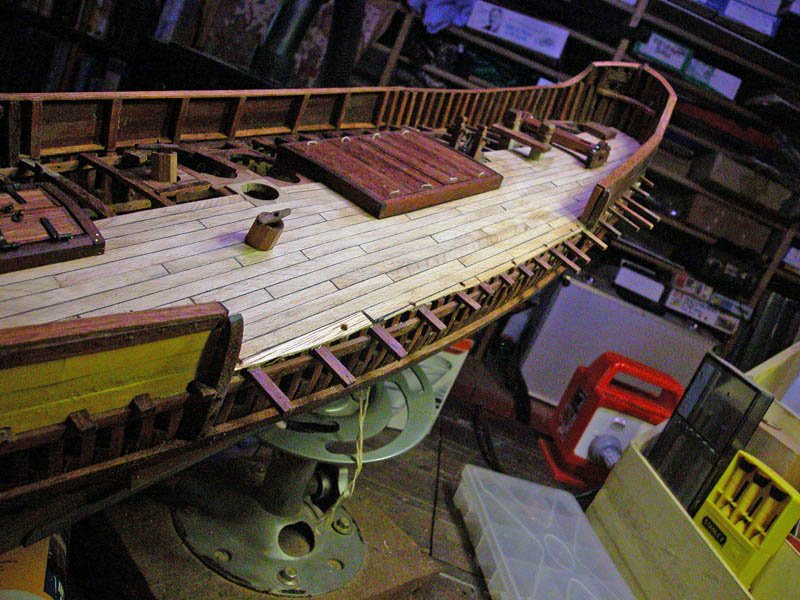
Dick
- mtaylor, druxey, Louie da fly and 5 others
-
 8
8
-
Steven, have you given any thought to modelling the leather sleeves on the lower row of oars which prevent ingress of water?
Dick
- cog, Louie da fly, EJ_L and 1 other
-
 4
4
-
On 9/8/2019 at 8:34 AM, Louie da fly said:
The straight central section looks a little strange at first sight, but that's removable, for loading cargo, isn't it.
Steven
Yes both port and starboard bulwarks are removable in their mid section for loading cargo. This was discovered in the excavation of the Contarina 1 trading vessel. I believe, and this is just supposition on my part, the bulwarks were slid up and then hung outboard on the protruding deck beams.
Incidentally, this would allow sweeps to be used on thole pins inserted in the deck. But there are no illustrations of round ships doing this.
Dick
-
I have planked the starboard side of the main deck only. Waterways and scuppers to be put in next
Dick
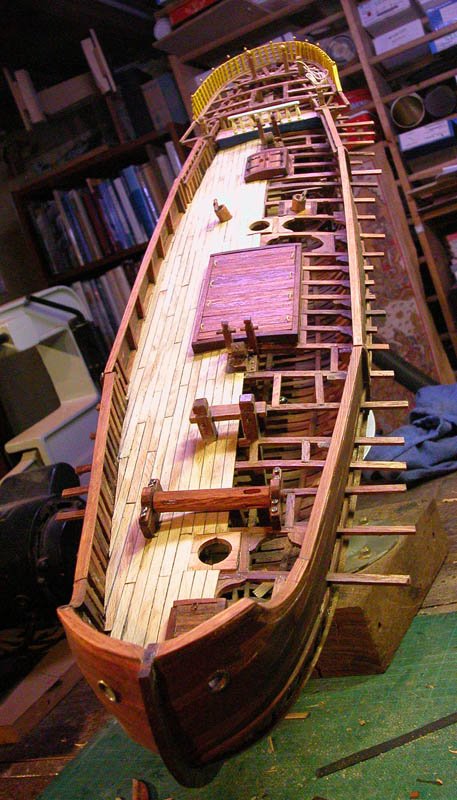
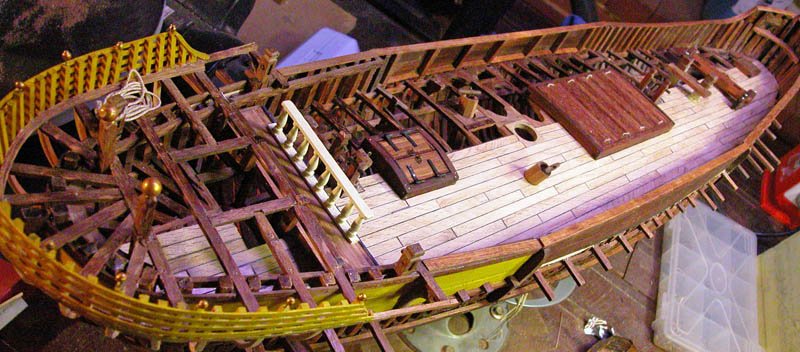
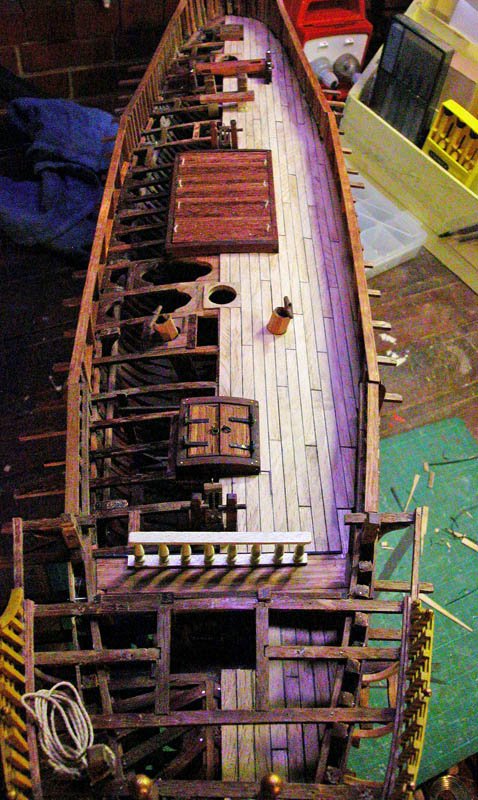
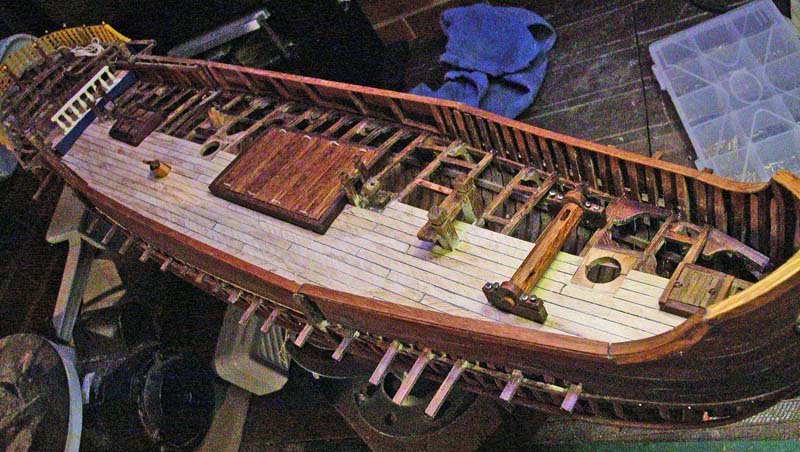
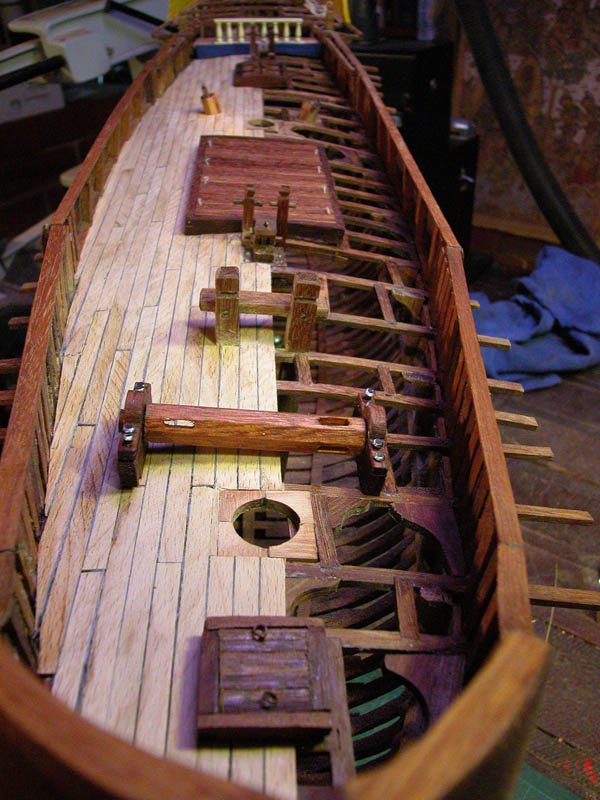
-
Thanks Steven. Beautiful drawings. The sep de drisse (lower halyard block) is in the position seen in carracks, that is behind the main mast and, as it is a large carrack, is vertically extended to the keel . I note that it has two pulleys as does mine. In my round ship, which is a relatively small vessel, I have elected for a more aft placement which is seen on contemporary iconography. As is the case in dhows of comparable size, fixation to deck framing should be enough.
Dick
- mtaylor and Louie da fly
-
 2
2
-
On 8/20/2019 at 4:51 PM, Louie da fly said:
The presence of a hole at each end signifies that it is part of a two-fold tackle, taking two double pulleys; this tackle system is not normally encountered in the rigging of a ship, except for the mainyard lift.
It develops a very great force and could have been used to lift heavy weights (this type of tackle was also used for hoisting the boats.)
This block could deal with the halyard.
Was there a diagram of the the sep de drisse?
Dick
-
5 hours ago, Louie da fly said:
But it's confirmed by the 15th century Baltic wreck mic-art posted recently.
Yes, fascinating.
Here are some snips of the pump:
Dick
-
Here are the bilge pumps. These were made from single logs (hence their other name: elm tree pumps) which are reamed along their length to accept a simple leather basket .
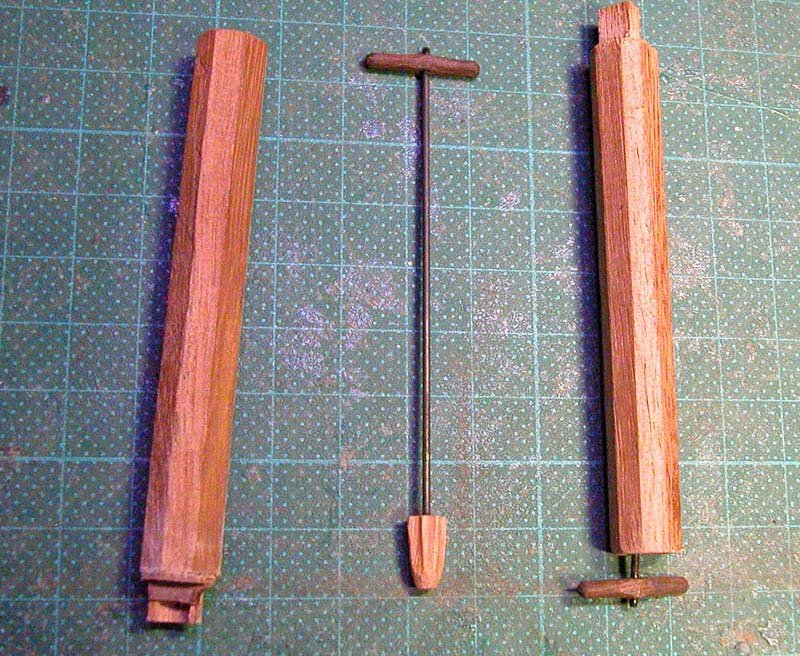
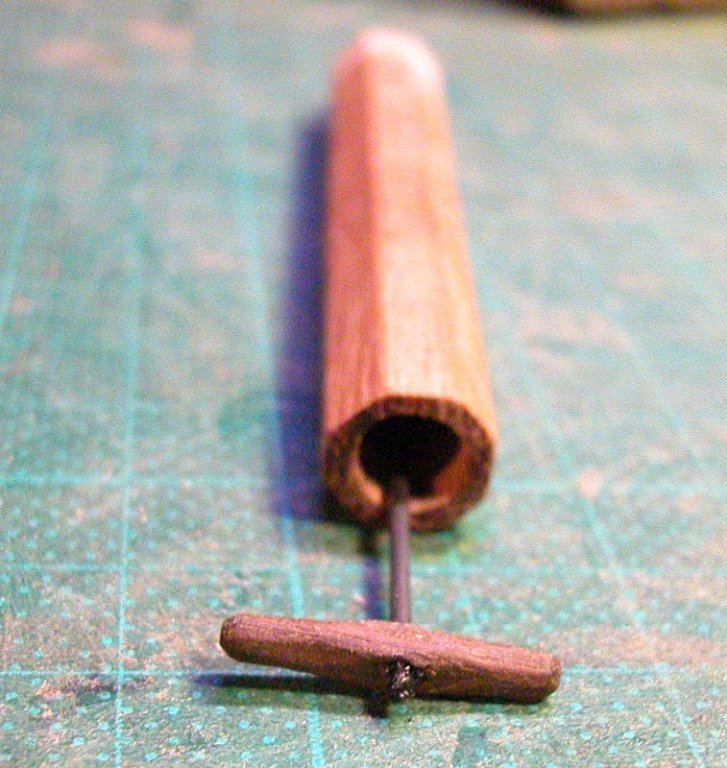
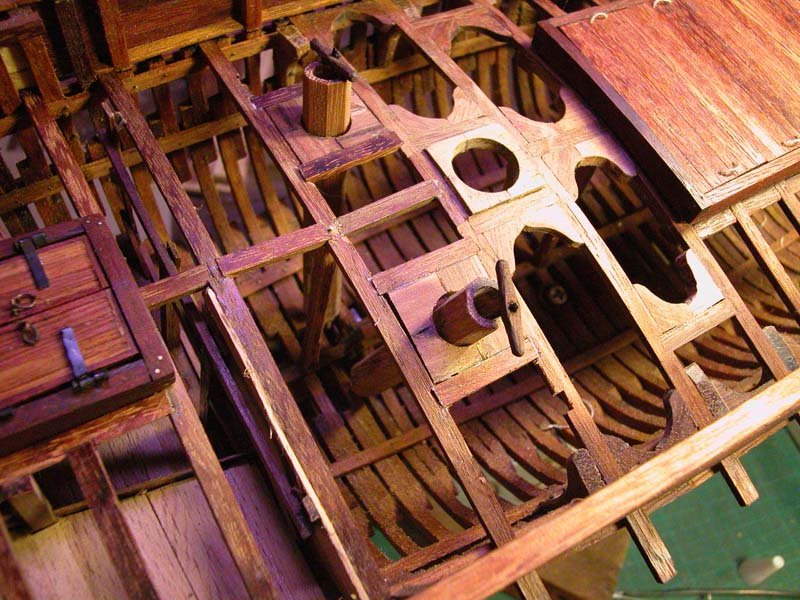
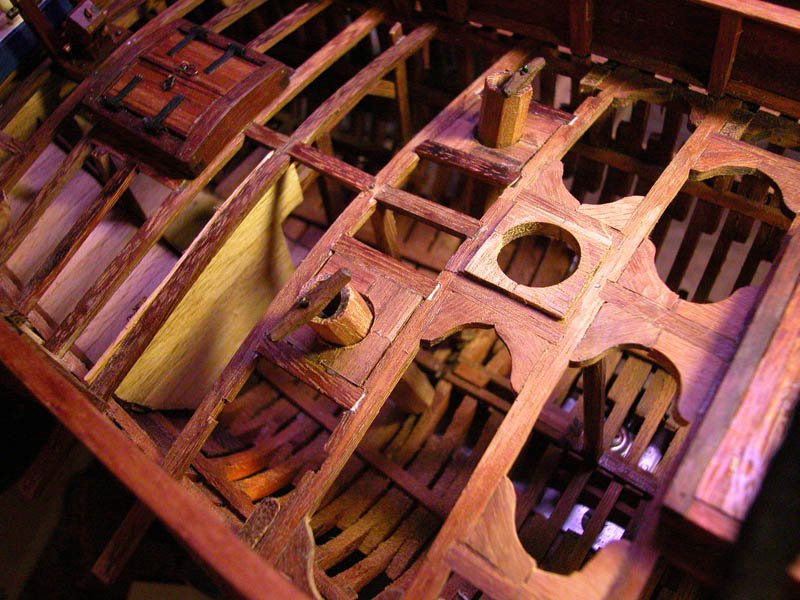
At this period (c 13) the pump was lifted by brute strength but later as in this picture of the Wasa bilge pump, a lever was fitted. Note how the log has been left au naturel and not chamfered as I have done
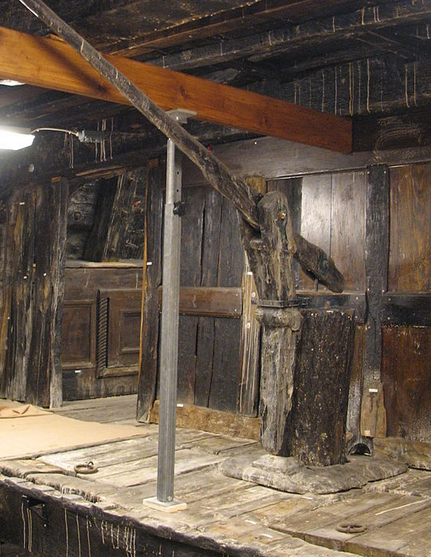
Cheerio
Dick



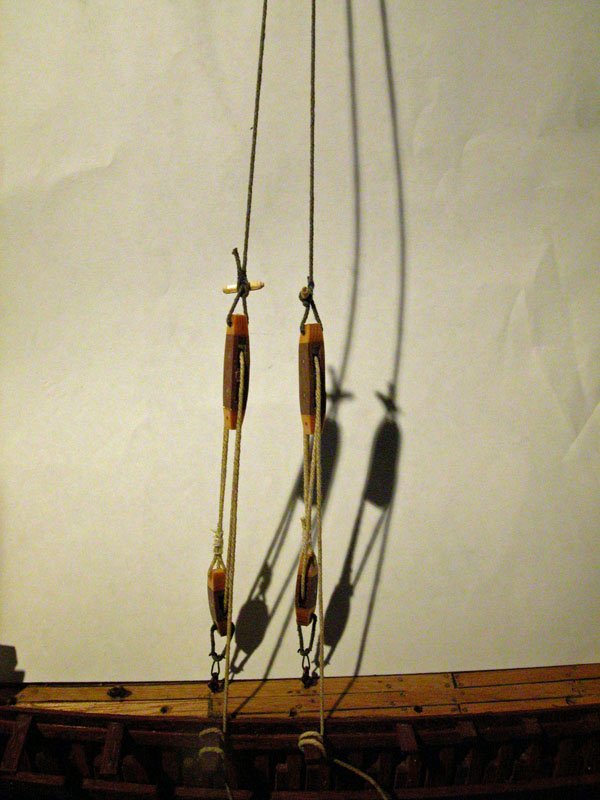

10th-11th century Byzantine dromon by Louie da fly - FINISHED - 1:50
in - Subjects built Up to and including 1500 AD
Posted · Edited by woodrat
Keep up the good work Steven and Happy New Year.
Dick